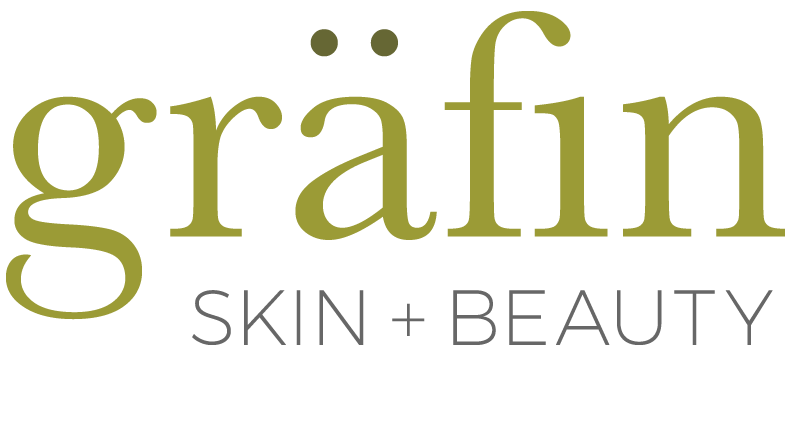There is No Safe Tan
20-something, beautiful, voice of an angel, loved by everyone… that’s what everyone said. This is the description everyone gave when speaking about my friend that passed away from Melanoma in January 2017.
Skin cancer is the most commonly diagnosed cancer in the US (cdc.org); it affects all of us, either personally or people we love, but many don’t take simple steps to reduce their risk.
Here are a few Skin Cancer Facts we should all know:
- One in five Americans will develop skin cancer in the course of a lifetime. (Skincancer.org)
- Ultraviolet (UV) radiation is a proven human carcinogen. (Skincancer.org)
- More than 419,000 cases of skin cancer in the U.S. each year are linked to indoor tanning, (Skincancer.org)
- On average, a person’s risk for melanoma doubles if he or she has had more than five sunburns. (Skincancer.org)
- One person dies of melanoma every hour (every 54 minutes). (Skincancer.org)
- Melanoma is the 2nd most common cancer in teens and young adults ages 15-29 (mfne.org)
My friend like many others believed that indoor tanning was safe. She believed that a quick pop in a tanning bed before high school dances was no big deal, but the Melanoma that killed her was linked to indoor tanning. She wanted to talk to high schools about the risks associated with indoor tanning, she never got the chance…
“Is tanning indoors smarter that outdoors due to the “controlled environment” of a bed? David E. Bank, MD, a dermatologist and founding member of The Skin Cancer Foundation, says no. In fact, he maintains that it’s quite the opposite — tanning indoors is actually more dangerous to the health of your skin because “you’re getting a much higher concentration of the longer wavelength UVA, which damages more deeply into the skin” than being out in the sun. And research backs him up. “Frequent tanners using new, high-pressure sunlamps may receive as much as 12 times the annual UVA dose compared to the dose they receive from sun exposure” and are “74 percent more likely to develop melanoma than those who have never tanned indoors,” says The Skin Cancer Foundation.” -Anna Jimenez, Totalbeauty.com
Many people believe that getting a ‘pre-tan’ before vacationing decreases the risk of sunburn. The truth is a tan no matter how dark, is at most only an SPF of 4. That means you will get a bit more time in the sun, but the damage to your skin’s DNA is what makes you tan, meaning there is no healthy tan. (Dr. Steven M. Rotter, Skincancer.org)
“I just don’t wear sunscreen in the winter.” UV radiation still gets through clouds and even tinted windows, in fact, you can tell if someone is more often a driver or a passenger in a car, by their sun damage. Things like snow, water, snow, and pavement all reflect UV light
What can we do to decrease our risk of skin cancer?
- Wear and properly reapply a broad-spectrum sunscreen daily with at least an SPF of 15.
- Cover up if you can, wear a hat and UPF clothing
- Limit exposure. If you are at the beach, have some shade available.
- Avoid being exposed between 10-4 when the sun is at its peak
- Stay out of tanning beds
- Have your skin checked by a professional yearly
Please, protect yourself and your friends. To help in the fight against skin cancer, I have taken classes on identifying suspicious moles and lesions. Although I cannot diagnose or treat skin cancers, I am happy to help identify if a spot is suspicious and should be seen by a physician.
For more information, please read:
- The Surgeon General’s Call to Action to Prevent Skin Cancer, cdc.gov
- Skin Cancer Foundation, skincacer.org
- Melanoma Foundation of New England mfne.org
